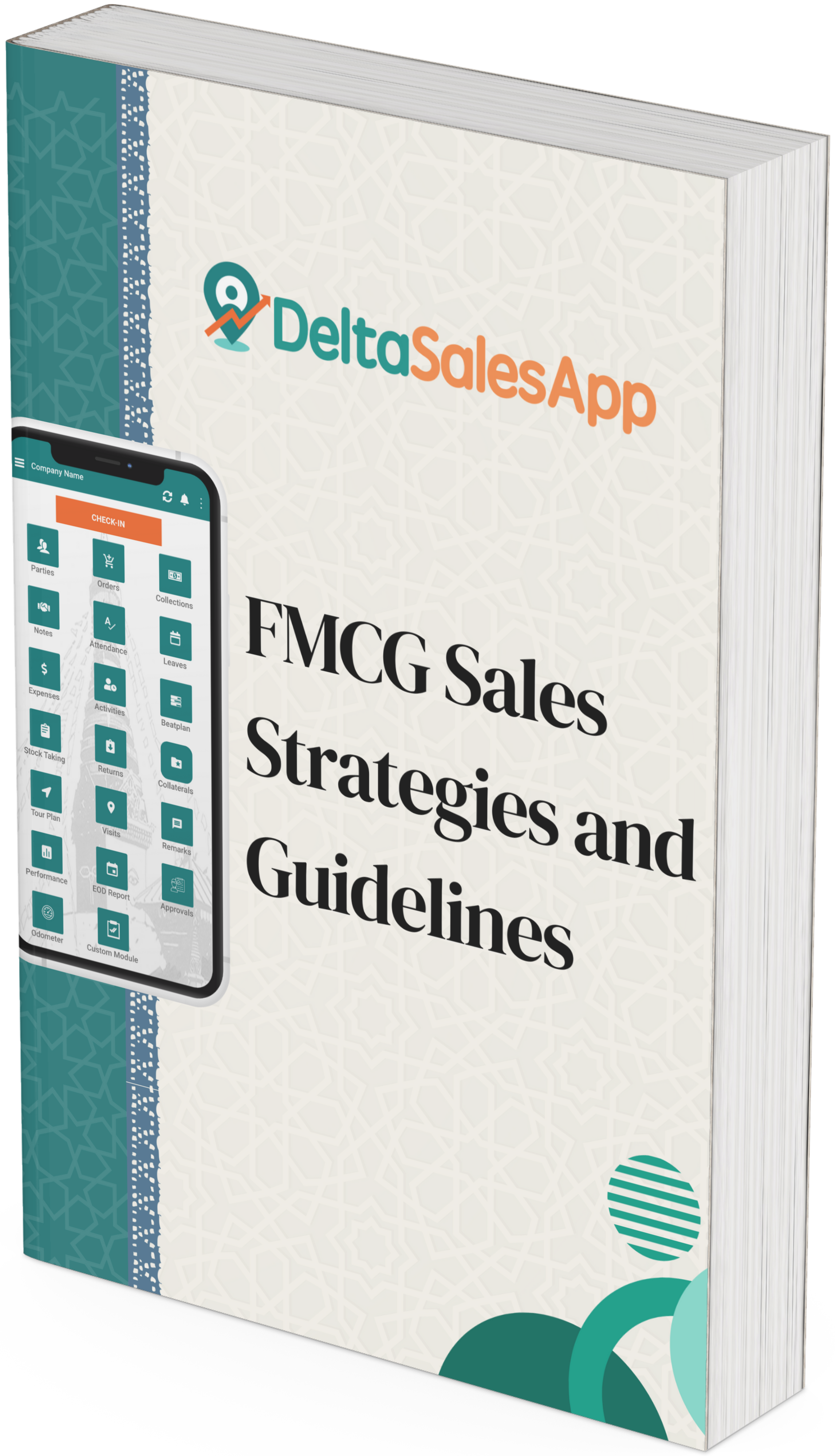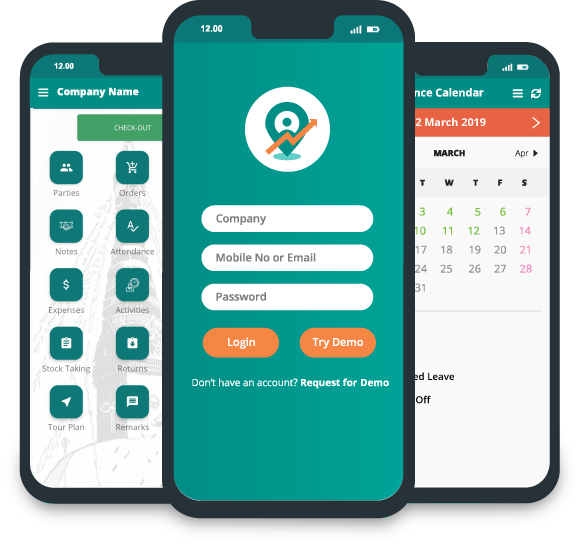Improving Customer Experience Through Digital Sales Tools
_(1)_(12)_1743939338.png)
In today’s fast-paced digital landscape, customer expectations are higher than ever. Modern buyers expect personalized experiences, seamless interactions, and immediate access to information. Businesses that fail to meet these expectations risk losing customers to competitors who can deliver more efficient and engaging experiences.
That’s where digital sales tools come into play.
Digital sales tools are not just about automating processes or boosting productivity for sales teams—they are powerful assets for improving the customer experience. By leveraging technology effectively, companies can create more relevant, responsive, and rewarding journeys for their customers, from initial contact to post-sale follow-up.
In this article, we’ll explore how digital sales tools enhance customer experience, what kinds of tools are available, and how businesses can strategically implement them to build loyalty, increase conversions, and drive long-term growth.
Understanding the Link Between Digital Sales Tools and Customer Experience
Customer experience refers to every interaction a customer has with a brand, across all touchpoints—from browsing the website to talking to a sales representative or receiving a follow-up email. It's about how customers perceive those interactions, and ultimately, whether they feel understood, valued, and satisfied.
Digital sales tools enhance by helping businesses:
- Understand customer needs more deeply
- Respond quickly and efficiently to inquiries
- Offer personalized product recommendations
- Provide consistent communication across channels
- Reduce friction in the sales process
In short, these tools allow businesses to deliver the kind of intuitive, tailored experiences today’s consumers have come to expect.
What Are Digital Sales Tools?
Digital sales tools are software platforms and technologies designed to support sales teams in managing customer relationships, automating tasks, analyzing data, and closing deals more effectively. These tools span a wide range of functions, from CRM systems and AI-powered chatbots to proposal automation and video selling platforms.
Some common categories include:
- Customer Relationship Management (CRM) tools
- Sales enablement platforms
- AI chatbots and virtual assistants
- Digital proposal and quoting tools
- Video conferencing and personalized video tools
- E-commerce platforms and CPQ (configure, price, quote) tools
- Sales analytics and forecasting software
Now let’s dive deeper into how these tools actually enhance the customer experience.
1. Personalization at Scale
Personalization is no longer a “nice to have”—it’s a necessity. Customers expect brands to remember their preferences, understand their needs, and tailor their communications accordingly. Digital sales tools enable businesses to personalize every step of the sales journey, at scale.
For instance, CRM platforms allow sales reps to track customer interactions, preferences, and behaviors. This data can be used to create targeted email campaigns, recommend products based on past purchases, or tailor messaging during sales calls.
Advanced sales enablement platforms also provide insights into which content resonates most with a customer, allowing sales teams to deliver timely, relevant resources that move prospects further down the funnel.
Personalization doesn’t just feel nice to the customer—it makes them more likely to engage, buy, and return.
2. Faster, More Responsive Communication
Speed matters. Studies show that companies that respond to leads within the first hour are seven times more likely to qualify them. But manual follow-ups and delayed responses can frustrate customers and cause deals to stall.
Enter automation and AI-powered tools.
Chatbots can provide instant responses to customer inquiries 24/7, while AI assistants can qualify leads and schedule meetings automatically. Digital proposal tools enable reps to send personalized, interactive quotes and contracts in minutes, not days.
These tools don’t just make the sales process faster—they also ensure that customers feel heard and valued. Rapid, accurate, and thoughtful communication builds trust and confidence in your brand.
3. Consistency Across Channels
Omnichannel experiences are now the norm. Customers might start a conversation on your website, continue it via email, and complete the sale over a video call. Without the right tools, it’s easy for details to get lost, leading to inconsistent or disjointed experiences.
Digital sales tools integrate with each other to ensure that information flows seamlessly across platforms. A CRM can sync with your email platform, chatbot, and video conferencing tools to provide a unified view of the customer. This allows every team member—sales, marketing, and support—to access the same up-to-date information and deliver consistent messaging.
Consistency builds credibility. When customers feel like they’re dealing with one coherent brand, not a collection of disconnected departments, they’re more likely to stick around.
4. Empowering Sales Reps to Be Customer-Centric
Sales reps are on the front lines of customer experience. But if they’re bogged down by administrative tasks, they have less time to build real relationships with prospects.
Digital sales tools automate repetitive tasks like data entry, follow-up reminders, and content distribution, freeing up reps to focus on what really matters: understanding customer needs and offering solutions.
Sales enablement tools also arm reps with the right content at the right time—case studies, product sheets, demo videos—so they can deliver value in every interaction. With insights into buyer behavior and engagement, reps can have more meaningful, informed conversations that resonate with customers.
When sales reps are empowered to be helpful, not pushy, customer satisfaction naturally improves.
5. Seamless and Engaging Buying Experiences
The modern buying process is complex. Buyers conduct their own research, consult multiple stakeholders, and expect a frictionless path to purchase. Digital sales tools help businesses simplify this process and make it more engaging.
Interactive demos, guided selling tools, and personalized landing pages can turn static experiences into dynamic ones. Video selling platforms allow reps to send personalized video messages that explain solutions or walk prospects through a proposal—putting a human face to a digital interaction.
Quoting and proposal software also streamlines the buying process by enabling customers to view, customize, and approve documents in a few clicks. This self-service capability aligns with how modern buyers prefer to engage.
By making the sales journey intuitive and enjoyable, businesses increase their chances of closing deals and creating loyal customers.
6. Smarter Follow-Ups and Post-Sale Engagement
The customer journey doesn’t end with a sale. Post-sale engagement is just as crucial for building loyalty, generating referrals, and increasing lifetime value.
Digital tools make it easy to stay connected with customers after the deal is done. CRM systems can trigger follow-up emails, feedback surveys, or renewal reminders at just the right time. Sales automation tools can help reps check in periodically with personalized messages, without manually tracking every account.
Video tools, webinars, and educational content platforms can also be used to onboard and educate customers post-sale, helping them get the most out of your product or service.
A well-executed post-sale experience shows customers you care beyond the transaction—and keeps your brand top of mind for future needs.
Implementing Digital Sales Tools Strategically
While the benefits are clear, adopting digital sales tools isn’t just about picking software off the shelf. Businesses need a thoughtful strategy to ensure these tools actually enhance the customer experience rather than complicating it.
Here are some key steps:
- Start with the customer journey – Map out your customer’s experience and identify pain points or gaps in communication. Use this as your guide for selecting and implementing tools.
- Choose tools that integrate – Ensure your digital tools work well together to avoid data silos and ensure a seamless experience for both your team and your customers.
- Train your team – A tool is only as good as the people using it. Invest in proper onboarding and ongoing training to maximize Return On Iinvestment(ROI).
- Measure success – Track key CX metrics like customer satisfaction, net promoter score , and response times to gauge how tools are improving the customer journey.
- Iterate based on feedback – Listen to your customers and your sales team. Adjust workflows and tool usage as needed to continuously improve.
Future of Customer Experience is Digital
As digital transformation continues to accelerate, customer experience will increasingly be defined by how effectively businesses leverage technology. Digital sales tools are no longer optional—they’re essential for delivering the kind of seamless, personalized, and responsive experiences that today’s buyers expect.
From personalization and automation to intelligent insights and streamlined processes, these tools empower businesses to go beyond selling—and start truly serving.
The companies that thrive in this new era will be those that don’t just adopt technology for efficiency but embrace it as a way to build deeper, more meaningful relationships with their customers.
Final Thoughts
Improving customer experience through digital sales tools is not about replacing the human element—it’s about enhancing it. By giving your team the right tools, you enable them to be more responsive, insightful, and customer-focused at every step of the journey.
The result? Happier customers, stronger relationships, and a healthier bottom line.









